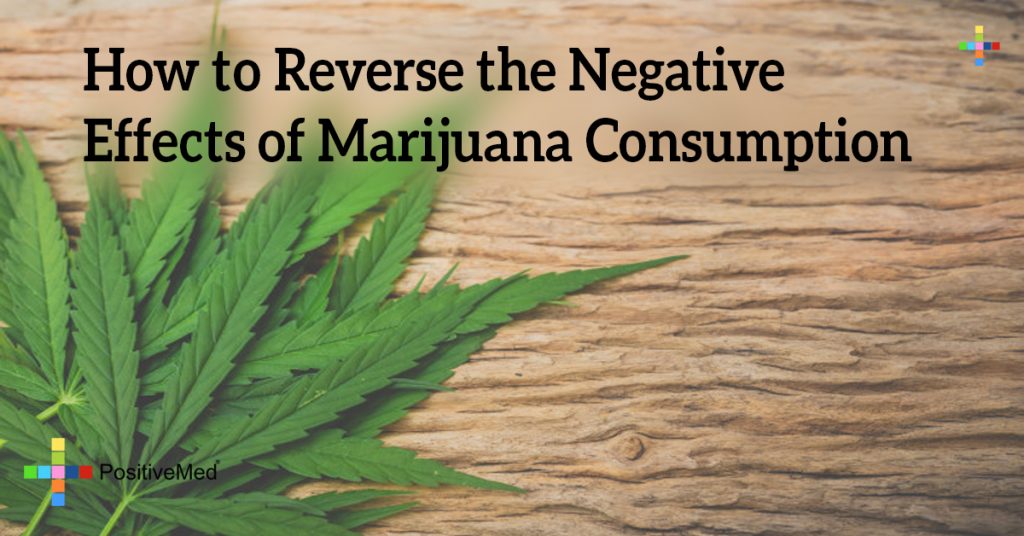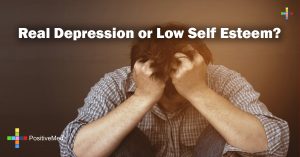
Every substance we put into our bodies has an impact on our mind and body functions. Marijuana is the most used illegal substance in the world. Millions of Americans smoke marijuana occasionally (occasional users) while others use it on a regular basis (chronic users). As mentioned before, marijuana has a series of short and long term effects in several dimensions of the human body, and it’s not as light as presented, especially if there is an addiction or history of extended use, since often an addiction has tragic effects on the addict and their relatives. In this article we will address how to minimize the negative effects of marijuana. If you enjoy smoking or taking this drug, this could be a perfect way to minimize the possible guilt of using the substance and minimizing the negative side effects.

• Most people who use smoke their marijuana. Try using a vaporizer to minimize the side effects of the smoke in lungs. Marijuana could be a risk factor in pulmonary diseases like bronchitis or emphysema.
• Give yourself a break! The best way to minimize the effects of marijuana is by taking progressively fewer doses and progressively sensitizing the brain to low quantities. Sensitize is a reverse toleration. Toleration is a common phenomenon in substance abuse and is described as the need for higher substance concentrations to get the same effect . This occurs at a molecular level, where there the neurons get used to a particular quantity of the metabolites involved. If you take a periodic breaks from smoking, from 1 day to 1+ years, you’ll find the effects are stronger, because the brain starts to rebuild and to rest from the intense neurochemical firing, particularly in the brain reward center. If you don’t wish to stop smoking at all, take a few breaks every now and then to rest your brain and lungs, and clean your liver and blood from the chemicals involved. If you cannot stop, it may be a warning sign that you are addicted to cannabis.
• Move your body. Exercise. Smoking harms the body in 1000 different ways and scientists are still learning the effects of smoking in each of our cells. Exercise improves circulation, oxygen absorption, and appropriate wasting of toxins. Exercise is a preventive measure for lung cancer, diabetes and heart disease. It improves cognitive function as well, use exercise to improve your cardiovascular, mood and energy levels.
• Cognitive training. There is a debate if the popular brain gym training pages that circulates through internet are beneficial or not. Some propose that these type of games won’t transfer to real world situations. However, some studies suggest a positive effect in everyday functional outcomes. Games like chess, memory match, scrabble, puzzles, or hand coordination games like jenga, may be beneficial and help the brain to function even better.
• Yoga and anxiety. Some people use marijuana to relieve stress and to avoid anxiety. If you are less anxious, you will probably decrease the desire to smoke. Yoga and meditation have been shown to decrease social anxiety in several populations and improve quality of life. The focused attention on breath and sensations have been shown to reduce stress and anxiety.
• Detox. The by-products in marijuana are stored in fatty acids and secreted by sweat, feces, and urine. Some of the metabolites can store in your body for months, depending in the doses taken and body fat. Try fasting or detoxification with raw food and juice smoothies.
How to Reverse the Negative Effects of Marijuana Consumption
By Andres Carvajal
Edited by Stephanie Dawson
Sources
Chiesa, A., & Serretti, A. (2009). Mindfulness-based stress reduction for stress management in healthy people: A review and meta-analysis. Journal of Alternative and Complementary Medicine, 15, 593–600
Mendonca GV, Pereira FD, Fernhall B. Effects of cigarette smoking on cardiac autonomic function during dynamic exercise. J Sports Sci. 2011 Jun;29(9):879-86
MARIJUANA & THE BRAIN, PART II: THE TOLERANCE FACTOR By Jon Gettman, July 1995 High Times





